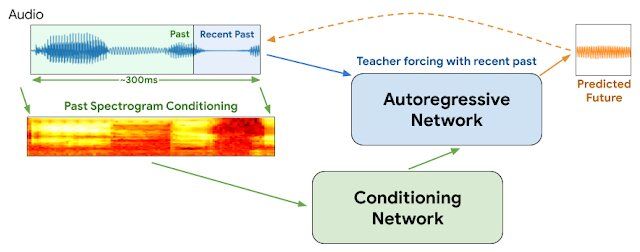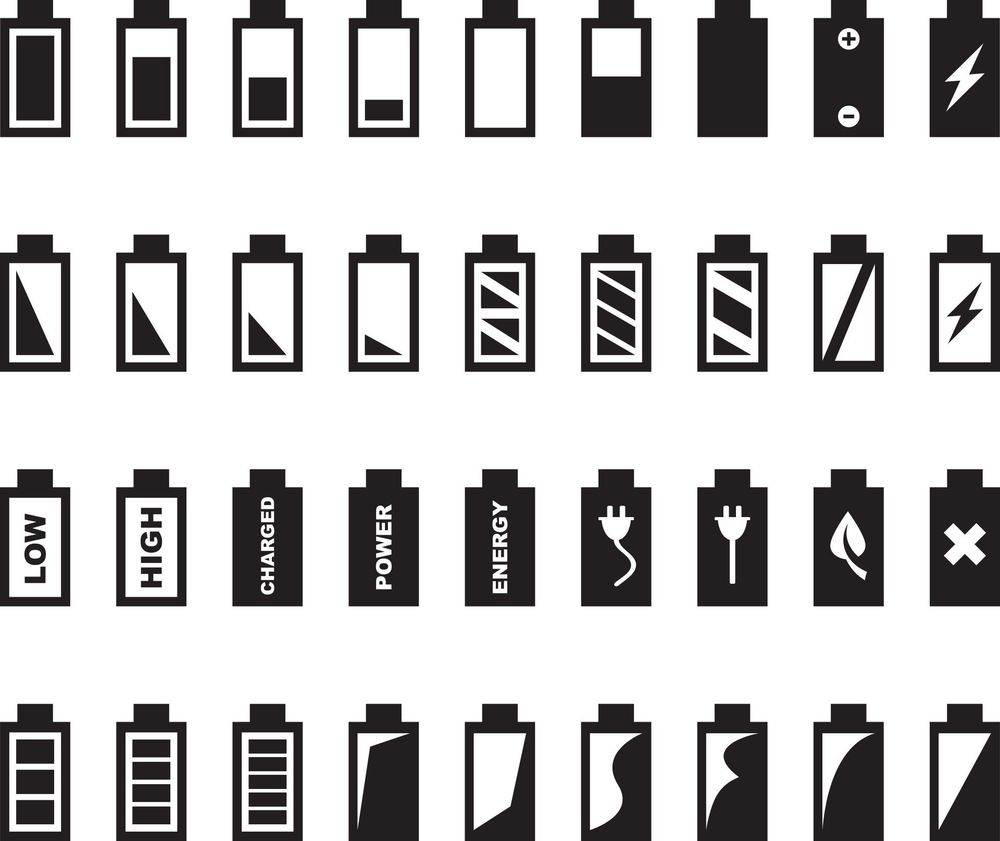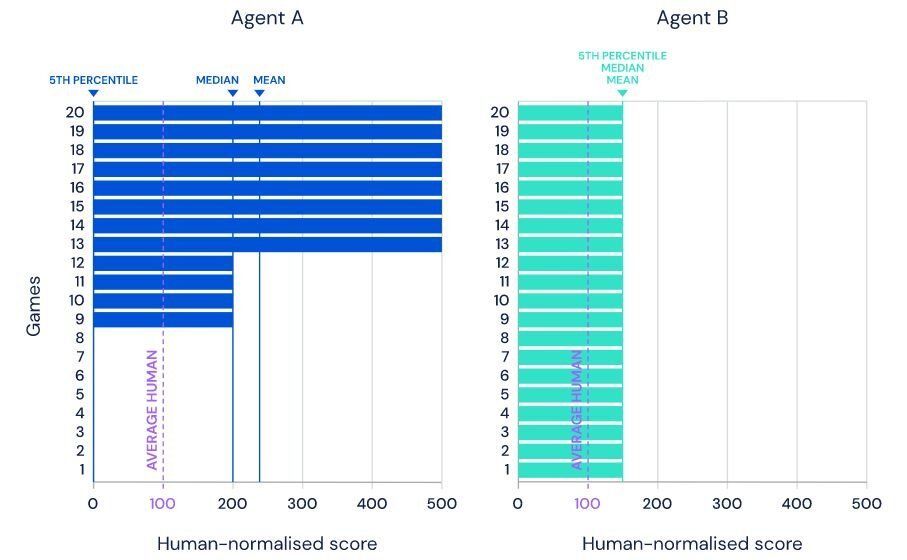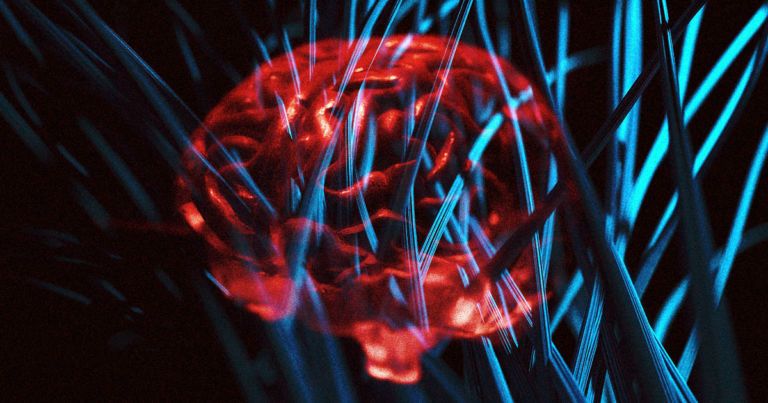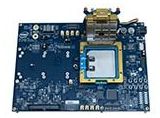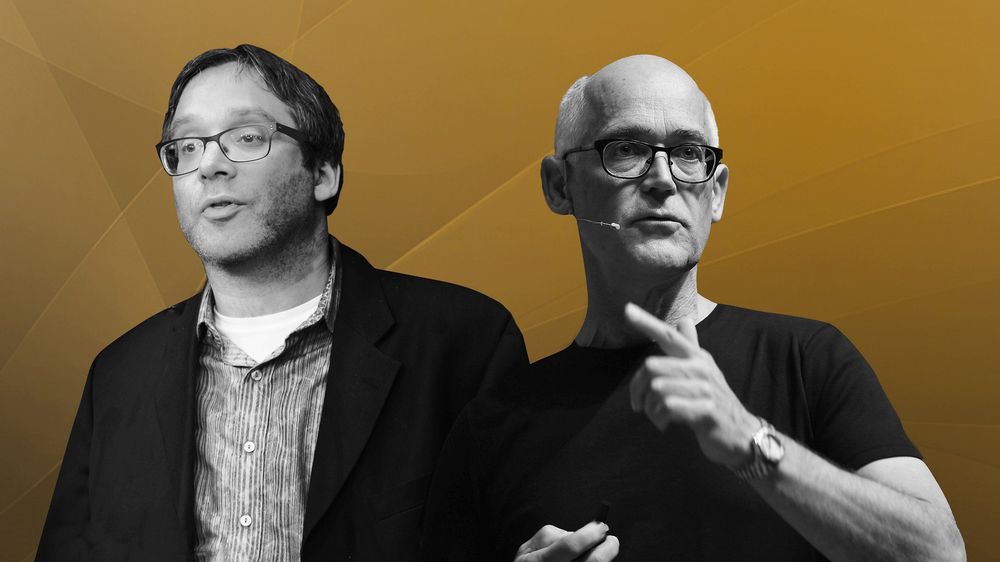Apr 6, 2020
Google Duo audio boost won’t leave you hanging on the phone
Posted by Saúl Morales Rodriguéz in category: futurism
“It’s good to hear your voice, you know it’s been so long If I don’t get your calls, then everything goes wrong… Your voice across the line gives me a strange sensation” — Blondie, “Hanging on the Telephone”
In 1978, Debbie Harry propelled her new wave band Blondie to the top of the charts with a plaintive tale of yearning to hear her boyfriend’s voice from afar and insisting he not leave her “hanging on the telephone.”
But the questions arises: What if it were 2020 and she was speaking over VOIP with intermittent packet losses, audio jitter, network delays and out-of-sequence packet transmissions?
